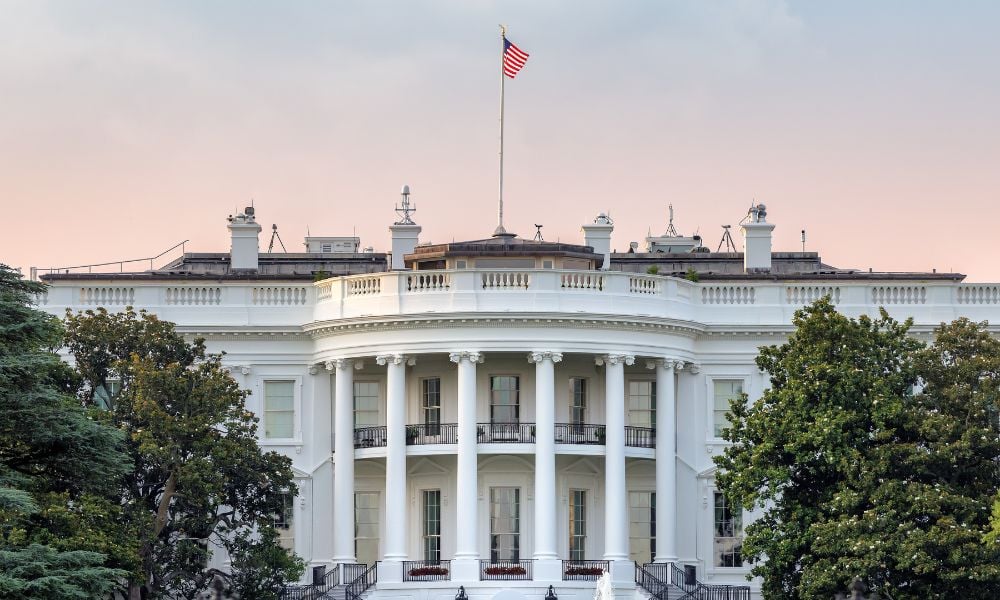‘With the isolation, the work from home, open communication with employees is critical’

Effective communication between an organization and its employees has always been important, but it’s become more challenging during the pandemic. Canadian HR Reporter spoke with Lidia Volpe, director of business development and strategic partnerships at McLuhan & Davies Communications in Toronto to discuss this.
Q: How important is open communication between employers and their employees?
A: “On a scale of one to 10, this is an absolute 10. Keeping lines of communication open is always important and today, even more so. With all of the things that the pandemic has brought on — the isolation, the requirements to stay home, work from home, potentially having your kids at home — having an open line of communication between employers and employees is critical for clarity, safety and connection.
Employees’ roles and responsibilities should be clear. This can leave room for flexibility in how duties are accomplished. Safety is another important factor. Creating a work environment where people feel safe to share how they are feeling and doing through an open line of communication is key. This way, HR has the opportunity to share helpful resources.
Last, connection. Having one-on-one meetings between leaders and their teams and making sure there are opportunities for the team to come together will help employees who need to feel connected.”
Q: How has the pandemic changed the value of communication within organizations?
A: “Communication has always been a vital part of any business. In the early days of the pandemic, organizations were going through massive transformation in such a short amount of time. The ones that thrived and adapted quickly did so with effective communication.
The initial focus at the time was: How do we do things remotely that were once face-to-face? A lot of that came down to technology. In the early days, the focus was on that tech side. After some time, when organizations realized this is the new reality and it looks like we're going to be here for a while, that's when the communication skills gap became more apparent.
This is where we've been working with clients to use clarity and structure to support their message across all the various mediums. To enable their people to be better speakers, writers, presenters and leaders in any situation.
We’re still dealing with so much uncertainty due to the pandemic and although we need to be physically distanced, thanks to technology, we are connected. We can train our people, we can engage them, we can still have a very productive work environment. I think that really boils down to effective communication.”
Workplace safety and employee communications have been top priorities for Canadian employers amid the pandemic, according to one survey.
Q: How do you know the communication is effective?
A: “If communication is effective — clear, structured and avoids misunderstandings — and things are humming along, good indicators are increased productivity, employee engagement and retention, and efficient processes which save time and money.”
Q: What are some common communication mistakes?
A: “The first thing that comes to mind is the assumption that leaders are equipped to be effective communicators. The reality is, just because people are in leadership roles doesn't mean they have the tools that they need to be effective communicators.
Do they have the skills to build trust and actively listen without judgment? Do they have the skills to be empathetic and support their people? Can they communicate a clear action plan to the team and the organization?

Lidia Volpe
It's a good point that probably a lot of organizations overlook and often HR people are left dealing with the mess if a leader doesn't communicate effectively.”
Q: How should communications be delivered?
A: “If it's external communication or something that requires more detail, consider email. If it's internal communication and a quick question, then chat or a messaging tool is appropriate.
Athough, in order to choose the best type of communication, it’s important to think about your audience. What might they best respond to? Are they more analytical or an interactive communicator? We have so many options for staying connected. I think the best option comes down to knowing your audience and adapting to their communication style.
HR people and management may want to consider whether guidelines are required around the use of the various tools.”
Q: What skills should HR professionals have to help with communication?
A: “Some specific communication skills that would benefit them are: the ability to sell their ideas and gain buy-in for initiatives, convey complex information clearly and concisely, and provide a clear action plan communicate to management how they plan to address organizational priorities.
All of these are learned skills and some of us are naturally better at some of these than others. The good news is that they are all things that people can work on and develop.”
In the midst of the pandemic, one-on-one conversations can have a real impact on employee engagement, according to a survey from O.C. Tanner.




